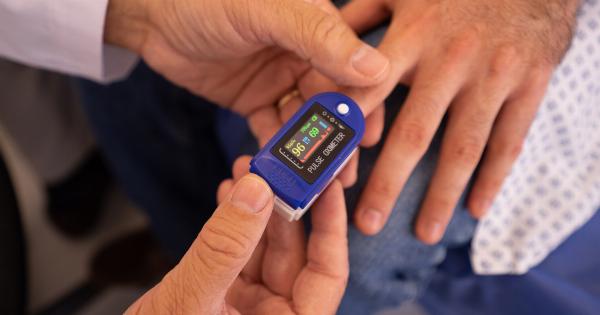Coronary heart disease (CHD) is a common health issue globally. It affects millions of people, and it is a leading cause of death worldwide.
CHD is a condition that develops when the arteries that supply blood to the heart become narrow or blocked due to the buildup of cholesterol and other substances. This leads to a reduced supply of blood to the heart, which can cause chest pain, shortness of breath, and even heart attack. Early detection of CHD is crucial for effective treatment and prevention of complications.
One of the methods used to detect CHD is the fatigue test. A fatigue test is a simple and non-invasive test that evaluates how well the heart functions during physical activity.
In this article, we will explore the effectiveness of the fatigue test in detecting CHD and its benefits to patients.
What is a Fatigue Test?
A fatigue test, also known as an exercise stress test or treadmill test, is a diagnostic test that evaluates how well the heart responds to physical activity.
During the test, the patient walks or runs on a treadmill or rides a stationary bike while connected to a machine that monitors their heart rate, blood pressure, and other vital signs. The test is usually conducted under the supervision of a trained healthcare professional and lasts for about 10 to 15 minutes.
The goal of the fatigue test is to increase the patient’s heart rate and monitor their heart’s response to the increased workload. This helps evaluate their heart’s functioning and detect any underlying heart conditions such as CHD.
After the test, the healthcare professional interprets the results and recommends further testing or treatment if necessary.
How Does a Fatigue Test Help Detect CHD?
One of the main benefits of the fatigue test is its ability to detect CHD at an early stage. CHD develops over time, and often there are no symptoms until the condition has progressed significantly.
During the fatigue test, the healthcare professional can detect any abnormalities in the heart’s functioning even before symptoms develop.
Furthermore, the fatigue test can also help identify the severity of CHD. A person with mild CHD may not experience any symptoms during rest.
However, during physical activity, the heart may struggle to pump enough blood to meet the body’s demands, resulting in symptoms such as chest pain or shortness of breath. The fatigue test can detect these symptoms and help determine the severity of CHD.
Who Should Get a Fatigue Test?
The American Heart Association recommends a fatigue test for individuals who have symptoms of CHD such as chest pain, shortness of breath, or irregular heartbeat.
It is also recommended for individuals who are at higher risk of CHD, such as those with a family history of CHD, high blood pressure, high cholesterol, diabetes, or smoking history.
In addition, the fatigue test is recommended for individuals who have undergone heart surgery or have a known heart condition. The test can help monitor the progress of the condition and evaluate the effectiveness of any treatment.
Benefits of a Fatigue Test
The fatigue test has several benefits for patients. Firstly, it is a non-invasive and safe test that poses no risk to the patient.
The test is conducted under the supervision of a trained healthcare professional, who can monitor the patient’s vital signs and stop the test if necessary.
Secondly, the test is low cost and widely available. It does not require any special equipment or preparation, and most healthcare facilities can conduct the test.
Thirdly, the test can provide valuable information on the patient’s heart health. The test can detect underlying heart conditions such as CHD, which can be treated effectively if detected early.
The test can also provide information on the severity of CHD, which can help guide treatment and prevent complications.
Risks of a Fatigue Test
Despite its benefits, the fatigue test may pose some risks to certain individuals. The test involves physical activity, which may not be suitable for some patients, such as those with severe CHD or heart failure.
These patients may experience chest pain, shortness of breath, or other symptoms during the test, which may require immediate medical attention.
In addition, the test may not be suitable for pregnant women or individuals with joint problems or musculoskeletal disorders that may limit their ability to perform physical activity.
Conclusion
The fatigue test is a safe and non-invasive method of detecting CHD. It is simple and widely available, making it a valuable tool for healthcare professionals in diagnosing and monitoring CHD.
The test can provide valuable information on the patient’s heart health and guide treatment decisions. However, it may not be suitable for all patients, and healthcare professionals should carefully evaluate the risks and benefits before recommending the test.





















